Store a 3-Day Emergency Supply
As an Amazon Associate I earn from qualifying purchases. For more details, please see our disclosure policy.
Would you know what to do in an emergency? Do you have emergency supplies stocked just in case? Time to think about it.
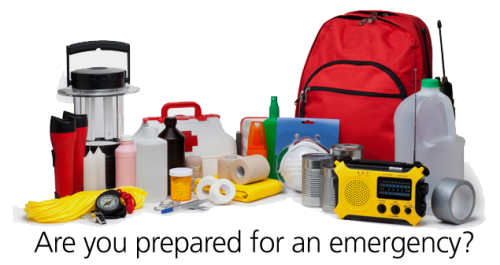
Want to save this post?
Enter your email below and get it sent straight to your inbox. Plus, I'll send you time- and money-saving tips every week!
photo source
The following content is brought to you, in part, by Federal Signal:
One of the things that has been on my to-do list for a very, very long time has been to create a 3-day emergency supply for our family. This weekend I finally got it established.
It was almost twenty years ago that the Northridge earthquake shook Southern California. While I lived in Santa Barbara at the time, just a little north out of the range of serious effects, my parents and siblings lived just 14 miles from the epicenter. Their lives and the infrastructure surrounding them was in upheaval for months.
In the early days after the earthquake, my family pitched a tent in the front yard, barbecued all the thawing meats from the deep freeze, and otherwise, made the most of a quite out of the ordinary event.
For us here in Southern California, our emergency risks include flood, fire, earthquakes, and tsunami along the coasts. Your risks for natural disaster may differ, including tornado, hurricane, and blizzard, in addition to the ones I’ve already mentioned. Unfortunately, modern times have brought us the risk of terrorism as well as, on a lesser note, interruption of power and utilities.
While none of us really expects it to happen to us, we know it pays to be prepared.
But are we complacent about emergencies?
Recent results of the 2012 Federal Signal Public Safety Survey showed:
- 71 percent of Americans are unsure or unaware if their community has a personal alerting and notification system for public safety issues
- Less than one half (47 percent) of Americans would take action based on a potential severe weather warning
- A shocking 1 in 12 Americans said that nothing would cause them to care, including sirens or nearby reports of damage
I admit that living in a low-risk area for natural disasters leads me to be a little complacent. Despite the regular earthquake drills we had when I was a school kid, I don’t really give much thought to potential emergencies.
I don’t have personal experience in living out a serious emergency situation, but one day’s power outage last year gave me a glimpse of how challenging it would be to ride out a storm, especially while caring for six children.
This year I bit the bullet and decided to get better prepared. Here are some of the things I’ve done so far:
Earthquake Money
A few months ago I pulled some cash from savings so that we would have small bills on hand in case infrastructure was damaged to the point when we couldn’t make purchases easily. Small bills allow you to buy food or water without worrying if the store can make change. I stored it in a fireproof file box and made sure hubs and the older boys know about it.
We call it the “earthquake money”. An interesting side note was that the bank teller was too young to remember the last big earthquake and did not know about having some cash on hand.
Go Bags for the Kids
Earlier this month I made emergency evacuation bags for the kids. Each child helped with his own bag, but I spearheaded the operation to make sure it was completed. We have a few things to upgrade as finances allow, but I feel comfortable that in case we had to leave our home in a hurry, the kids would have some comforts to get them through the first 24 hours.
The 3-Day Emergency Supply
Most emergency personnel would advise that you store 3 days’ worth of food, water, and other useful items in case of an emergency. You may already have more than three days’ worth of food stored in your cupboards. But since we don’t know when a disaster can strike, it’s good to have a separate supply designated for emergencies only.
Where you live and the risks specific to that region will determine what you store and where you store it. If we still lived in Kansas, I would have placed my 3-day kit in the basement. Since we live in California where few homes have basements, our kit is in the garage in a closed cupboard. In this way if we were camping in the front yard, we’d have easy access to our camping supplies as well our 3-day supply.
(And yes, I borrowed the cupboard idea from this post over on Organizing Junkie. It’s been inspiring me all year long to get more together in this area.)
I reviewed several checklists, the one I’ve included in Organizing Life as MOM as well as this emergency supply list provided by Federal Signal to see what our needs were.
My mom and I also chatted about her own experiences in an emergency situation with kids. And I quizzed my dad who has given workshops on emergency preparedness in his role as a volunteer for the sheriff’s department.
Here’s what I included in our kit. (Be sure to consider your family’s specific needs when you create your kit. Our camping supplies, such as sleeping bags, camping dishes, stove, and lantern, are also located in the garage, so I didn’t need to include them here.)
- 24 gallons of water – 1 gallon per person per day
- bottled juice
- 3 days’ worth of non-perishable food and a can opener
- individual condiment packets
- paper plates, paper towels, and plastic flatware
- kitchen sponges and dish soap
- flashlights and batteries
- candles in glass holders (I couldn’t find emergency candles, so these were a cheap alternative)
- toilet paper, hand sanitizer, soft soap, bleach, sanitizing wipes, trash bags
- basic toiletries
- first aid kit, extra ace bandages, extra cold packs
- feminine hygiene products
- NOAA weather radio and batteries
- extra propane
- a whistle
On stocking food:
I resisted purchasing boxed items due to the bug issue. Recently, I returned to the store a dozen brand new boxes of pasta that had itty bitty bugs in them. All the food we stocked in our supply is canned or bagged in plastic to prevent this.
I didn’t buy anything that would expire in the next 8 months. I plan to rotate everything in June.
If we experienced a significant loss of power, we would probably eat up the freezer contents first. The freezer is in the same garage as this cupboard, making it easy to access. There is regularly a ton of food in there. That said, I didn’t spend a huge amount of time planning fancy emergency meals or buying complete meals.
Our emergency meal plan:
- fruit: canned pineapple and applesauce
- sunbutter, crackers, and jam
- canned chicken noodle soup and crackers
- chili (made from canned ingredients)
- asian noodles with canned chicken
- pasta with red sauce
- beans and rice
On paying for all this:
Unless you can find very cheap sources for these items or already have a large stockpile of non-perishables, this could become a pricey venture. I took a lot of things from other places in the house. I bought the water bottles over several months’ time. But, these things still added up. I tried to choose things that we would use anyway, so that in June when I change them out, we’ll have no trouble eating them up.
A frugal alternative is to work on acquiring a few items on the list every month until you consider your kit complete. Keep in mind the expiration dates on the food items so that you can rotate them before they have expired. You don’t want to waste the investment. If you see a good sale on batteries, stock up and store some in the emergency kit.
Think twice.
To really be prepared, we need to think about these supplies at least twice a year. Consider doing so when you change the clocks for daylight savings at the same time as you change your smoke alarm batteries.
I plan to file this in the back of my head to add or improve our supply cupboard as time and finances allow. In the meantime, I think we could weather the storm.
This post is sponsored by Federal Signal Corporation who enhances the safety, security and well-being of communities and workplaces around the world. Founded in 1901, Federal Signal is a leading global designer and manufacturer of products and total solutions that serve municipal, governmental, industrial and institutional customers.

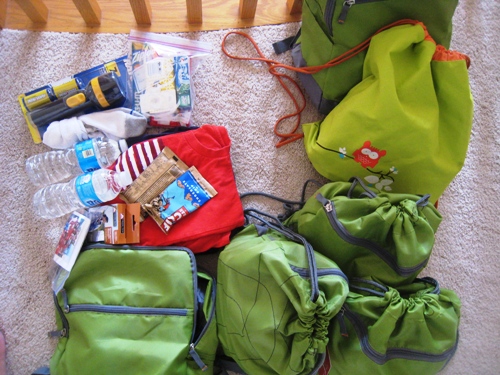
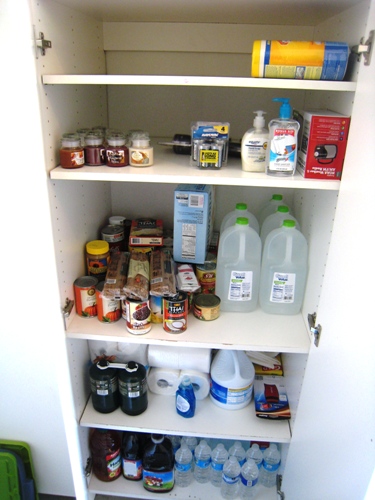
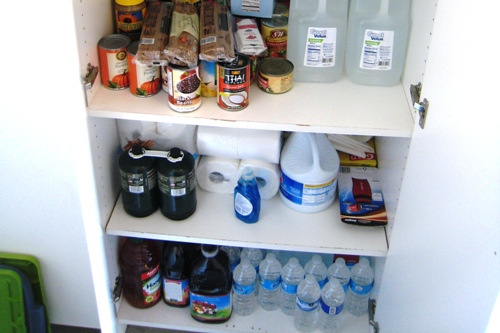

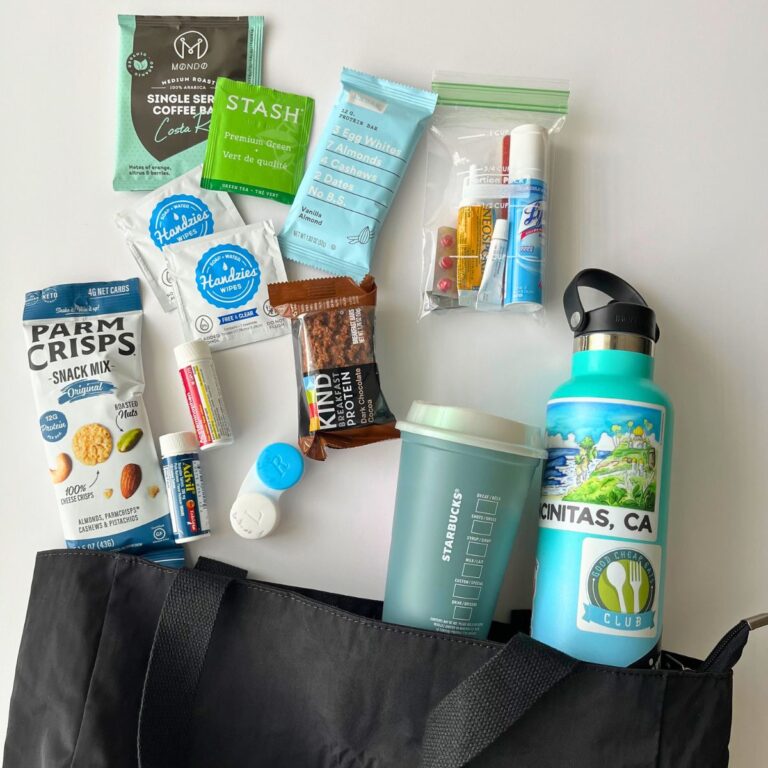
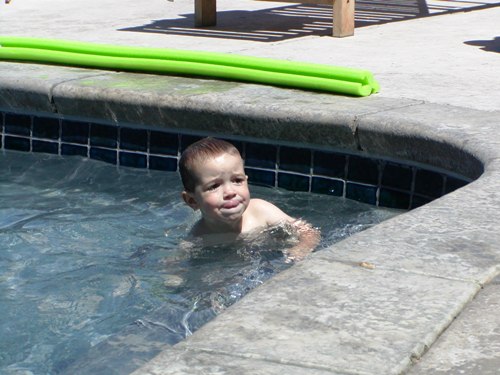
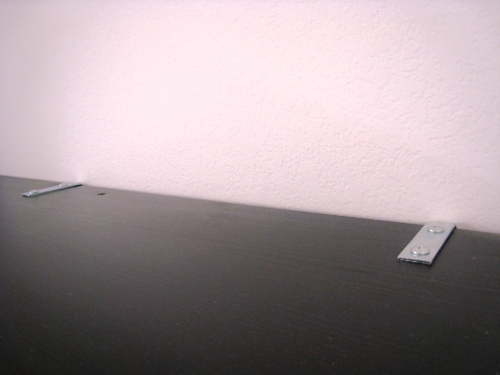

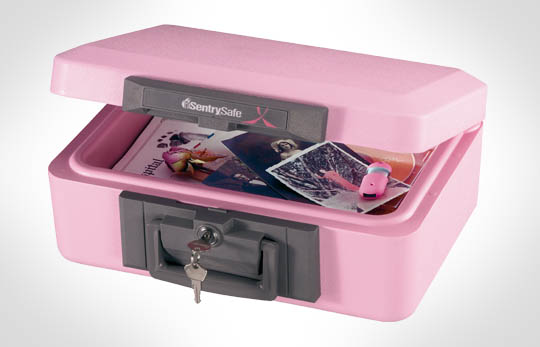
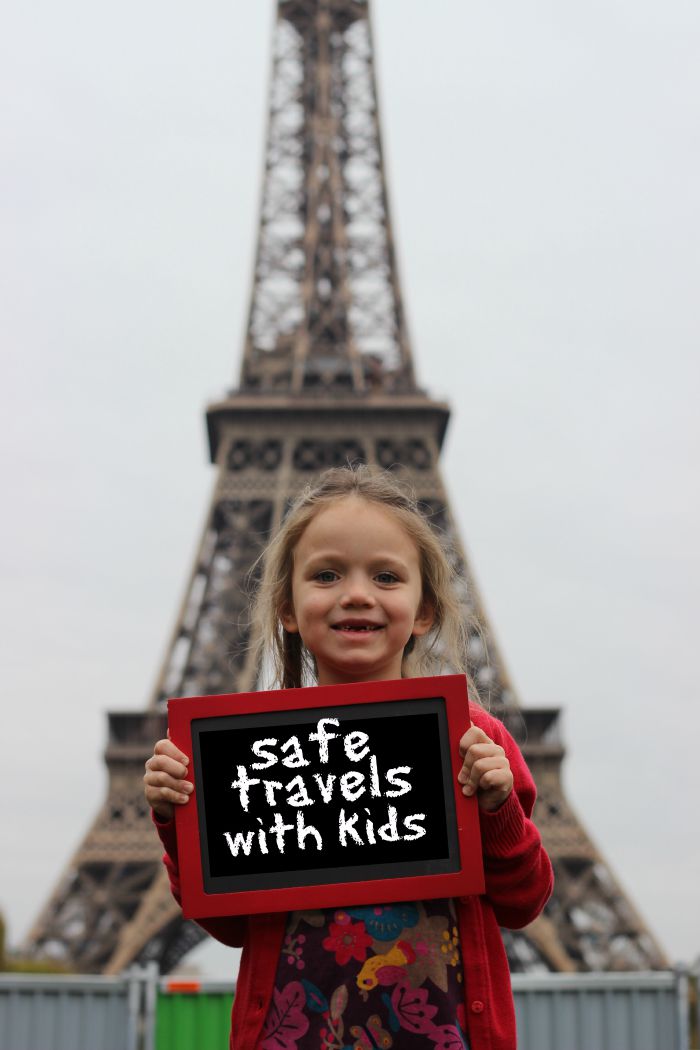
Thank you so much for this. I live in Florida so hurricanes are a big threat, especially this year. I have been going crazy because I feel like I am not ready and don’t know where to start. This gave me a basis to go off. Usually my dad says we don’t need anything until a hurricane is days away and he starts buying stuff. I know this isn’t for every family but it is a great basic structure that can be modified for individual needs. Thank you so much for posting this. Gives me peace of mind knowing the basics. ❤️
Glad we could help! Stay safe.
Oh my Gosh! If I found itty bitty bugs in my boxes of pasta I would freak! So sorry you had to go through that! Great idea on just having canned food and things bagged well!
Very good info., thanks!
Thus is reaching us st the perfect time. We live in the Buffalo NY area. What are we know for? SNOW! We were almost stuck in the NY state thruway 2 winters ago. Totally unprepared that night. Hundreds if people were stranded on it from a snow storm. So thankful our family of 8 were not one of them. Hubby got off at the right time.
We also had a surprise October storm about 5 yrs ago. Heavy wet snow brought down power lines all over. Everyone had no power. One never knows when a disaster will hit. I think I will put one together for the house & car. It will ni be easy finding foods that don’t freeze to put in the car. May have to be snacky foods. Blankets ,tp, hand sanitizer, pretzels.
Thank you for the reminder to fo this! Just praying I can get it one before the snow hits us. Oh, I am a strange one, I LOVE LOVE LOVE snow!
This is a great post, and something that has been on my mind for awhile. I live in the South on the East Coast, and we have the threat of hurricanes, ice storms, and tornados. The real kicker from these natural disasters is coping with power outages. We could have extream heat or cold too during these outages.
Along with our supplies we also have a plan. We have friends and family we can stay with if it is going to take more than three days to restore power. We did have to move from our home one year after a devastating ice storm. Our power was out for over a week.
The next purchase we need to make is for a small generator.
Yeah for being prepared!
Great article! Made me realize that while I have a ton of canned goods in the pantry, I do not have a manual can opener to get at it if the power goes out. Must put that on the grocery list.
The first episode of Revolution last week started a discussion with my husband on how long we could hold out. I made a comment that we needed more water on hand, and he pointed out we have a hot tub full of chlorinated water in the backyard. Ick. But I guess if you get thirsty enough it’ll come in handy, right? : )
depending on the chemicals used in your hotub, it could make you sick. Good for hygiene though 🙂
I actually read about something that can help you purify pool water to make it drinkable. It was on one of those emergency sites I linked to, I think. We don’t have a pool, so it didn’t completely compute.
I think this is a wonderful article! I love “preparedness” articles. They focus our attention on the fact that we take many things about our day-to-day survival for granted.
I remember two years ago leaving a comment on here (I don’t remember the exact article you had written) commenting that food prices were going to begin going up drastically, as well as just basic inflation on most of the things we use in our daily lives. I advised everyone to work hard on their food storage, water storage and medical supplies storage. Even though I made it clear that I don’t believe the world was going to end or anything, just that prices would steadily continue to go up, I was mocked by almost everyone that commented on my comment. Now, two years later, that doesn’t seem like such a stretch, now does it?
Preparedness isn’t just for some “doomsday, end of the world as we know it” scenario! Preparedness is thinking about the very real things that have happened all across the country in the past. And as you mentioned, it can be anything from natural disaster to terrorism, inflation or maybe just even a job loss or unexpected medical situation.
I love that you also slowly built up your emergency supply kits. I doubt many of us could afford to just suddenly go out and buy everything at one time. Here’s a link to a 20-week preparedness guide. If you look over it at least once a week, then you can watch sales and drugstore deals to pick up most of the items for less.
http://www.marshallcounty.ky.gov/Departments/Emergency/20%20Weeks%20to%20Preparedness.pdf
Again, great article! Thanks for sharing what you’ve done!
I have been working on this for a few months. Our 72 hr “Go Bags” are almost complete. I am also working on a 2 weeks’ storage of water. Our biggest threat is tornadoes (and we live less than 20 miles from nuclear power plants). We had an EF-1 tornado hit very close to our house last year and sent us to the basement. I am glad to now have supplies ready to go when we need them. We also keep cleaned out, plastic juice bottles of water in our deep freeze. If power goes out it will help keep the food cold and we’ll use that water for cleaning/personal hygiene if needed.
Besides having a change of clothes handy, I highly suggest having sturdy shoes for each family nember with your supplies. If you have to evacuate or have to walk on rubble after a disaster, you’ll want your feet protected.
Great suggestions. I should put some of that water in the freezer when I get space. And I love your idea about shoes. I’ll have to keep that in mind — once we find everyone’s shoes. Somedays we’re lucky to find one pair!
Thanks for the post—-are those cans of the infamous pumpkin I see on that shelf????
They are indeed! I still have ten cans I think. LOL
So proud of you getting this going! My husband thinks I am nuts putting together an emergency kit for us (in upstate NY) but I feel like you – better safe than sorry!
Honestly, I was a little embarrassed, but I’m standing by an ounce of prevention is worth a pound of worry — or whatever it is. 😉
For storing pasta and avoiding bugs—put the boxes in the freezer. I do this with extra bags of flour I buy on sale at Christmas time.
I also am working on an emergency preparedness plan for my family. I keep food and water in my car and as the weather gets colder, I keep blankets, hats, gloves and a change of clothes for us.
The water storage cost does add up. One thing I’ve been doing is using empty 2-ltr bottles for water storage. I read online that these are approved water storage containers. You need to wash and rinse them out completely. Then you add 1 teaspoon of plain bleach to a full bottle of water. Drain and rinse it out and fill it again with water. This is good for 6 months.
Whew, what a great reminder. We don’t have any emergency supplies, unless you want to count the diaper bag (“go bag”?), a backpack of camping supplies, and a ton of canned summer peaches. We could certainly go 3-5 days without getting to the grocery store – just based on what’s regularly in the freezer and cupboard. But nothing else. Thanks for the list and inspiration!